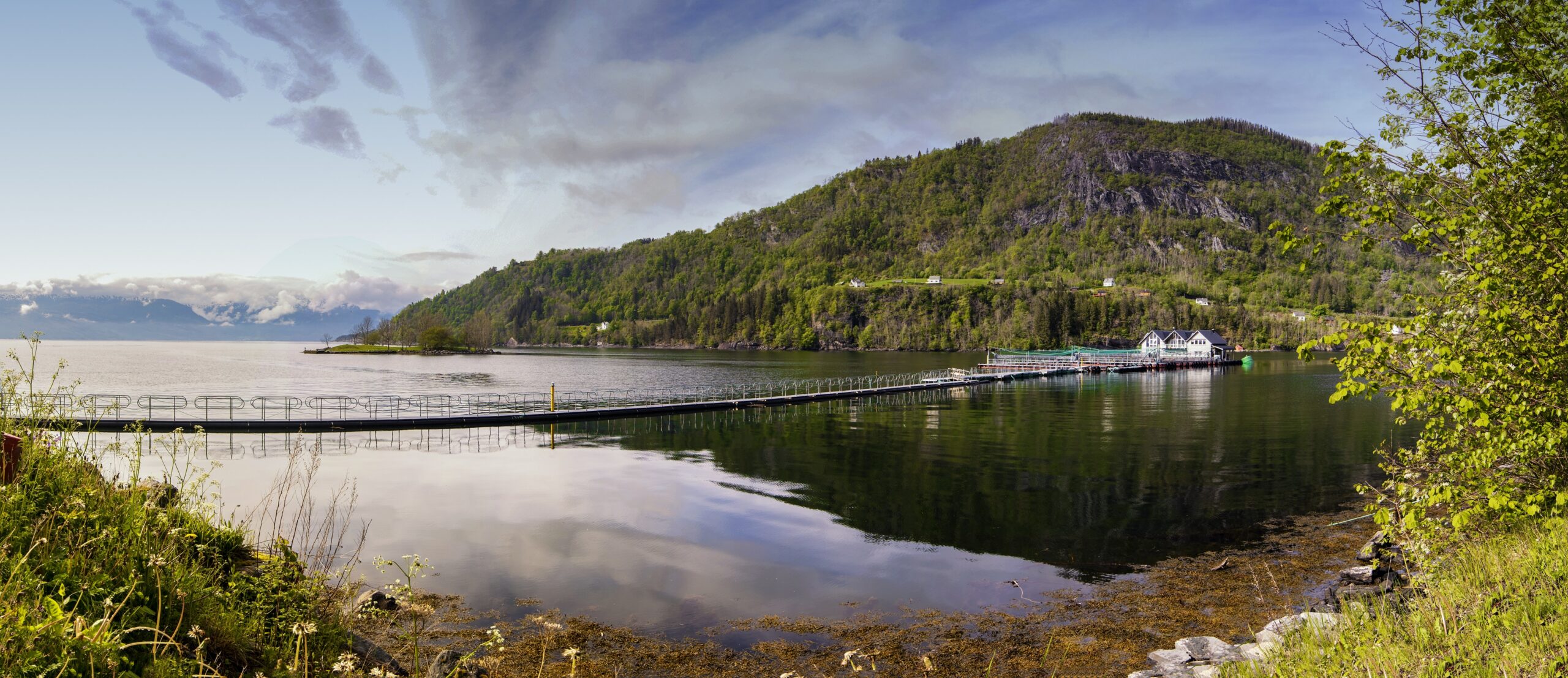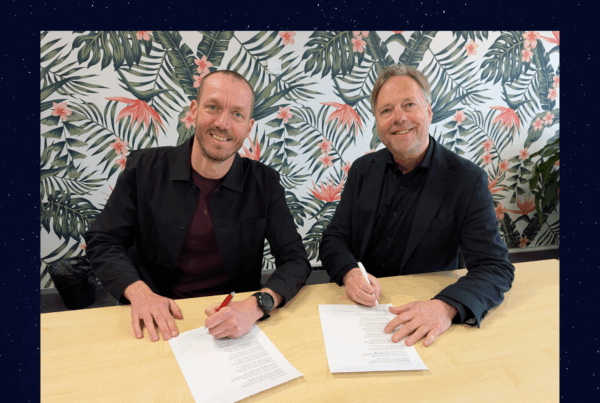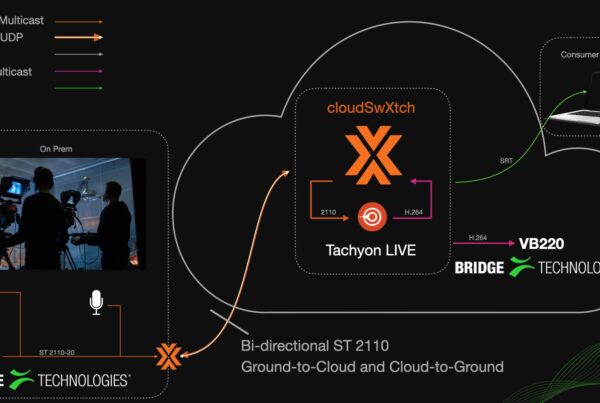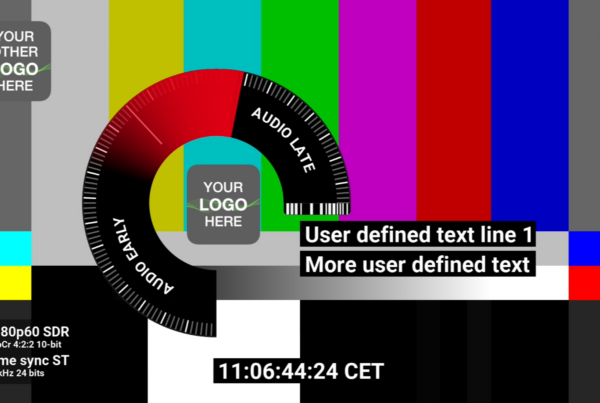Bridge Technologies was interviewed by Digital Studio India
How are you adapting to green technology?
As a Norwegian company, the concept of sustainability is baked into our culture: nine out of ten cars sold in the country this year were electric and Oslo was awarded Green City of the Year in 2019. So it hasn’t been a case of ‘adapting’ to green technology, but growing alongside it.
Are there any sustainable practices are being implemented by your organisation?
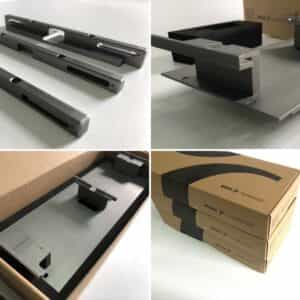 As a company, we are always looking for ways to improve the sustainability of our operation; not just environmentally, but socially too. For instance, since 2008, Bridge has shipped all its equipment to customers using fully recyclable packaging, with organic ink used for all printed materials.
As a company, we are always looking for ways to improve the sustainability of our operation; not just environmentally, but socially too. For instance, since 2008, Bridge has shipped all its equipment to customers using fully recyclable packaging, with organic ink used for all printed materials.
But actually, the biggest sustainable impact we make – not for our company but for the industry as a whole – comes directly from the product we make. A key aspect of our monitoring probes is that they draw significantly lower power and have a much longer MttF (Mean Time to Failure). So, they are inherently more sustainable in their core design.
The VB440 is really the best example of how innovation can have multilayered impacts on an industry. We developed the VB440 to harness the power of IP in production environments, and our main goal was largely functional; to democratise live, distributed production by making it cost effective and achievable for broadcasters of all sizes.
But this new way of thinking has knock-on benefits. Because it can be accessed through any HTML-5 browser and performs multiple production functions, it all-but eliminates the need for specialist monitors in an OB van or studio. And that in turn substantially reduces the cabling needed. The net result is that broadcasters who make use of the VB440 dramatically reduce their carbon footprint, by lowering energy consumption, rolling lighter-weight trucks, and minimising the amount of electrical landfill waste they generate. And it goes further: because the VB440 allows for distributed production, it reduces the need to move production teams around the world – they can work remotely. So we’re reducing the carbon emissions associated with business travel too. The environmental benefits are really multi-layered.
For us, it’s the perfect example of how sustainability doesn’t need to be a compromise – it shouldn’t be viewed as a zero-sum game, but instead something that can be an added-value benefit of good design. It just takes the right mindset.
What measures according to you need to be taken for reducing carbon footprint?
There’s often a debate about individual responsibility versus government regulation, as if the two concepts are mutually exclusive. But in reality, the battle must be fought at every level.
It may be the case that both countries and industries need guidance, assistance and regulation from above. But so much can be done by thinking both small and big, on an individual and organisational level. Small, incremental improvements add up to large scale change on aggregate, and shouldn’t be overlooked. But big-picture thinking: questioning convention, adopting a creative – even disruptive -mindset can be the catalyst for change on a macro-level.
Is there a plan to transition to renewable energy?
Alongside the impressive green credentials we listed about Norway at the beginning, another important development for the country is that 60% of the energy generated for the country comes from hydropower. When you see the powerful Akerselva river cascading outside our window, it comes as no surprise! So we don’t need to make any specific efforts to transition; we are fortunate to be living in a country that makes renewable energy a priority already.
Any efforts to manage waste and recycling?
Yes. In order to prevent the generation of hazardous waste, we take back and recycle electrical and electronic equipment at the end of its lifespan. We don’t just do this to maintain our obligations in accordance with the WEEE directive, we go above the required standards through partnerships with a number of forward-thinking environmental schemes.
Around the office we’re always making small changes too. We’re keen to do our part, but we recognise its an ongoing and incremental process with constant room for improvement. But it’s an improvement we’re committed to, individually and collectively.
Are there any initiatives to promote sustainability?
Within the Bridge Offices, we have created a group called ‘Bridge is Green’, which is tasked with monitoring trends in the industry and conducting ad-hoc projects focused on sustainability. For instance, recently, they’ve been tracking and monitoring the office’s energy consumption and preparing a plan for reduction.
The group is manned by three of our wonderful employees; Maria Høydalsvik, Jon Egil Eriksen and Jørn Richter. All of them were instrumental in developing the group and driving its progress. For us at Bridge this is important, not just in relation to sustainability but the business as a whole: it’s crucial to empower employees when they are enthusiastic, motivated and driven about an idea or project, and support them in pursuing projects that they feel passionately about.
The net result is that sustainability within the company is driven from both below and above, which makes for a powerful mechanism for change.
We regularly contribute articles – both in industry publications and our own blog – which promote the message of sustainability and share the ways that we are ‘leading by doing’. Making change requires a collaborative – rather than competitive – mindset, based on sharing best practices and ideas.
What measures should be adopted to minimize energy consumption in media operations?
Well, we would say the obvious answer is – use Bridge Technologies’ monitoring probes!
What role should media companies play in raising awareness about sustainability?
Media companies have a specific role: one of messaging. Media has the ability to fundamental shape behaviour and normalise practices. It doesn’t have to be a ‘big message’ or a controversial issue – simply showing normalised representations of environmentally-conscious behaviour has a drip feed effect on daily practices. Children (and even adults) learn behaviours from the culture they grow up in. And that culture, in large part, is shaped by the media and the messages which it delivers – both deliberate and subconscious.
If we extend those messages to normalise recycling, plastic reduction, carbon-friendly consumption choices, etc. then we will raise the next generation to think of their practices not as something specifically ‘sustainable’, but simply as ‘normal’. Simen Frostad, Chairman of Bridge Technologies

